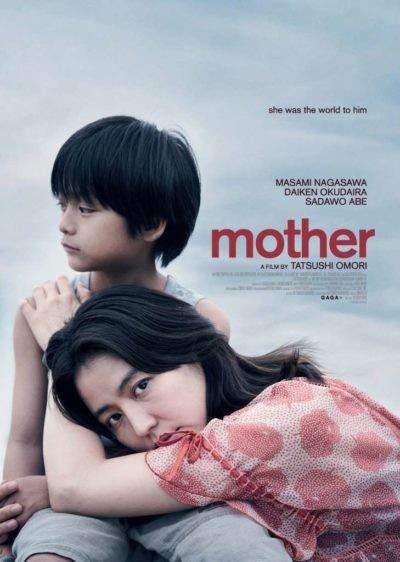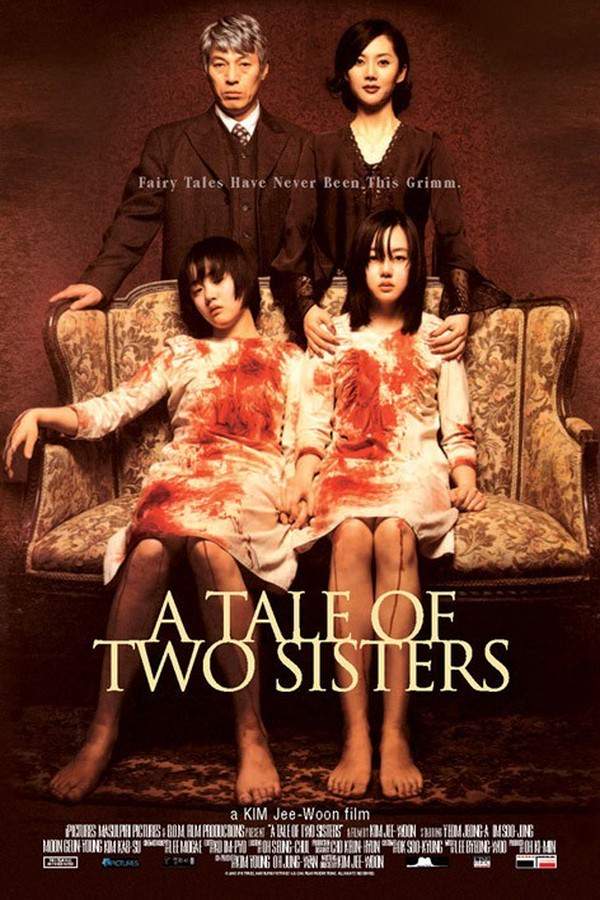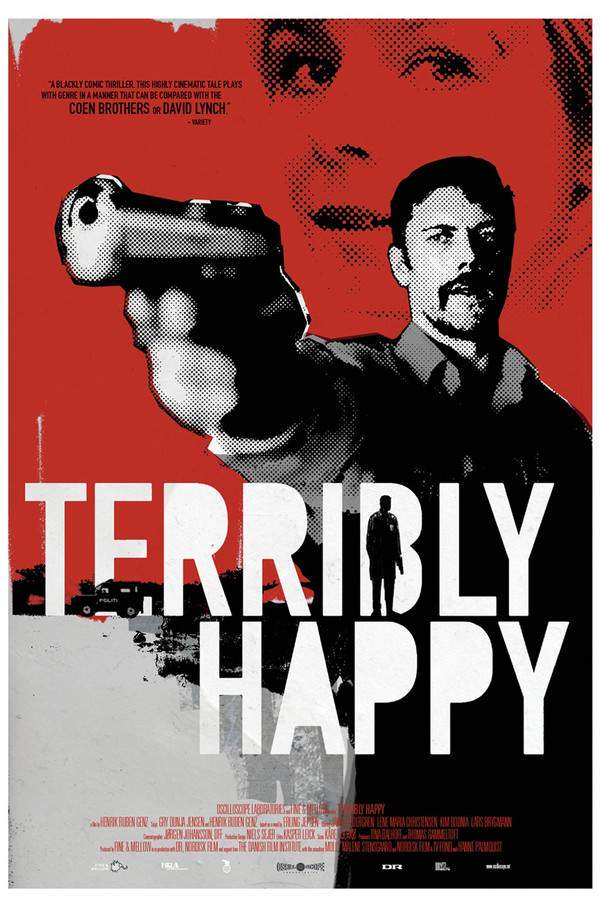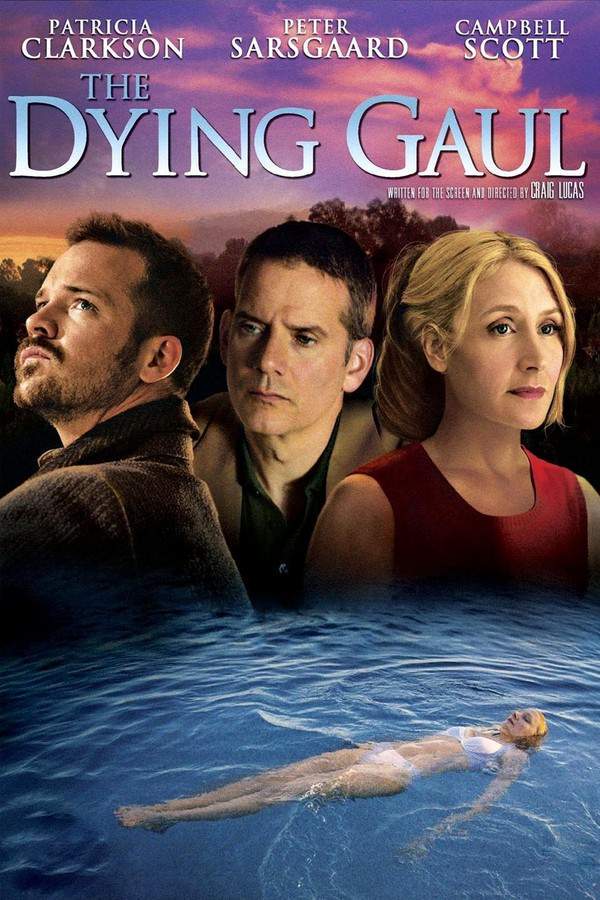
The Red Virgin
Year: 2011
Runtime: 17 mins
Language: English
Director: Sheila Pye
Set in early‑20th‑century Spain, the film follows Hildegart, a brilliant young woman groomed by her mother Aurora as the centerpiece of a social experiment to create the world’s first truly free woman and a visionary leader. Aurora dotes on her daughter, but as Hildegart matures and seeks independence, she must break away from the controlling nest of the mother who raised her.
Warning: spoilers below!
Haven’t seen The Red Virgin yet? This summary contains major spoilers. Bookmark the page, watch the movie, and come back for the full breakdown. If you're ready, scroll on and relive the story!
The Red Virgin (2011) – Full Plot Summary & Ending Explained
Read the complete plot breakdown of The Red Virgin (2011), including all key story events, major twists, and the ending explained in detail. Discover what really happened—and what it all means.
Set against the 1931 Madrid moment—the dawn of the Second Spanish Republic—a wealthy woman, Aurora Rodríguez, shapes her daughter’s life with unwavering control. After a union with a clergyman, she conceives Hildegart Rodríguez and then homeschools and mentors her, crafting a prodigy who she believes can, through intellect and action, change the world. The home they share is refined and protected, with a devoted maid nearby, while Hildegart’s talents quickly bloom into writing, public speaking, and a keen awareness of social issues that buoy her ambitions.
As Hildegart grows, her work and voice draw the attention of the era’s political currents. She becomes connected with influential figures and ideas, including a Socialist activist named Abel Vilella, who recognizes her gifts and potential. Hildegart’s letters and collaborations widen her circle, and she carries herself with a confidence that invites both admiration and scrutiny. With her mother’s guidance and her own charisma, she dives into political life, delivering a passionate speech at a socialist gathering advocating women’s rights and political participation, and she even participates in book-signing events that extend her influence beyond the page. Her burgeoning fame brings her into contact with Havelock Ellis, whose interest in her work and views fuels a growing sense of possibility about her place in the world.
But the relationship between mother and daughter becomes increasingly tense as Hildegart’s independence edges beyond the boundaries Aurora has set. The maternal maneuvering grows more intricate as Abel becomes a focal point for Hildegart’s affections, a tension Aurora perceives with discomfort and alarm. A later encounter—when Hildegart confesses her feelings to Macarena, whose loyalties shift as secrets multiply—pushes Aurora to tighten her grip, hearing and seeing everything from behind closed doors. The atmosphere of trust fragments as the two young people begin to chart a path that seems to stray from the strict plan Aurora laid out for them, and the mother’s determination to keep Hildegart within her control intensifies.
A curious twist arrives when Aurora receives a letter inviting her to a piano concert staged by Pepe Arriola, her nephew and another prodigy, who has also been under her wing. The backstage meeting reveals that the invitation was a ruse designed to give Hildegart a chance to spend time with Abel away from maternal surveillance. The moment raises the stakes: Abel is invited into Aurora’s social circle, where conversations about political shifts and youth movements reveal a shift away from the Socialist ranks toward alternative currents—currents Aurora views with skepticism and concern.
The tension peaks when police officers arrest Abel on charges framed as serial rape and feminicide, a shocking reversal that unsettles Hildegart and shakes her faith in the world she has begun to inhabit. Macarena disappears from the household, replaced by another maid, and Hildegart is forced to confront the possibility that those around her are not who they seemed. In a bid to clear Abel’s name, Hildegart seeks leverage, visiting Macarena’s humble home and pressing her to act, threatening to expose her as an accomplice if she does not intervene. With help from Guzmán, they arrange travel to London and urge Abel to accompany Hildegart on the journey—an escape that would fuse their futures in a new, freer life.
A final family dinner becomes the turning point. Hildegart declares her independence, telling her mother that she is now a woman free from anyone’s control, bids good night, and steps away from the table. Aurora, recognizing that her carefully engineered project may be failing, turns toward the room where Hildegart sleeps. A single, final act ends the dream—Aurora fires, delivering a brutal sequence of shots that end Hildegart’s life. The young prodigy is laid to rest in a glass casket, and her somber procession through the twilight streets of Madrid seals the grim conclusion of a mother’s grand, controversial experiment.
Last Updated: October 03, 2025 at 06:47
Explore Movie Threads
Discover curated groups of movies connected by mood, themes, and story style. Browse collections built around emotion, atmosphere, and narrative focus to easily find films that match what you feel like watching right now.
Tragic mother-daughter psychological dramas like The Red Virgin
Intense stories of maternal control and devastating filial rebellion.Explore a collection of movies like The Red Virgin that delve into dark, psychologically intense mother-daughter relationships. If you were captivated by the tragic dynamic of control and rebellion, these films offer similar emotionally heavy stories of familial bonds turning destructive.
Narrative Summary
Narratives in this thread typically follow a young woman's coming-of-age within a domineering maternal relationship. The central conflict arises from the daughter's struggle for autonomy against a mother's obsessive control, often escalating to a point of irreversible tragedy.
Why These Movies?
Movies are grouped here for their shared focus on the dark side of family bonds, their high emotional intensity, bleak tone, and the specific narrative pattern of a controlled individual's tragic attempt at freedom.
Slow burn tragedies of failed social experiments like The Red Virgin
Steady narratives where idealistic human projects lead to ruin.Discover movies similar to The Red Virgin that explore the dark consequences of radical social experiments. If you appreciated the film's steady build and bleak ending stemming from a mother's utopian project, these stories share a pattern of idealism collapsing into tragedy.
Narrative Summary
The narrative pattern involves an individual or group being the subject of a radical ideal, whether political, scientific, or philosophical. The story builds steadily, revealing the flaws and psychological costs of the experiment, culminating in a devastating failure that highlights the inhumanity of the original concept.
Why These Movies?
These films are connected by their shared focus on the failure of utopian ideals applied to human lives, their dark tone, steady pacing that builds dread, and their fundamentally tragic and bleak conclusions.
Unlock the Full Story of The Red Virgin
Don't stop at just watching — explore The Red Virgin in full detail. From the complete plot summary and scene-by-scene timeline to character breakdowns, thematic analysis, and a deep dive into the ending — every page helps you truly understand what The Red Virgin is all about. Plus, discover what's next after the movie.
The Red Virgin Timeline
Track the full timeline of The Red Virgin with every major event arranged chronologically. Perfect for decoding non-linear storytelling, flashbacks, or parallel narratives with a clear scene-by-scene breakdown.

Characters, Settings & Themes in The Red Virgin
Discover the characters, locations, and core themes that shape The Red Virgin. Get insights into symbolic elements, setting significance, and deeper narrative meaning — ideal for thematic analysis and movie breakdowns.

The Red Virgin Spoiler-Free Summary
Get a quick, spoiler-free overview of The Red Virgin that covers the main plot points and key details without revealing any major twists or spoilers. Perfect for those who want to know what to expect before diving in.

More About The Red Virgin
Visit What's After the Movie to explore more about The Red Virgin: box office results, cast and crew info, production details, post-credit scenes, and external links — all in one place for movie fans and researchers.




-t1ltQ8ph-m1BPA.jpg)
























